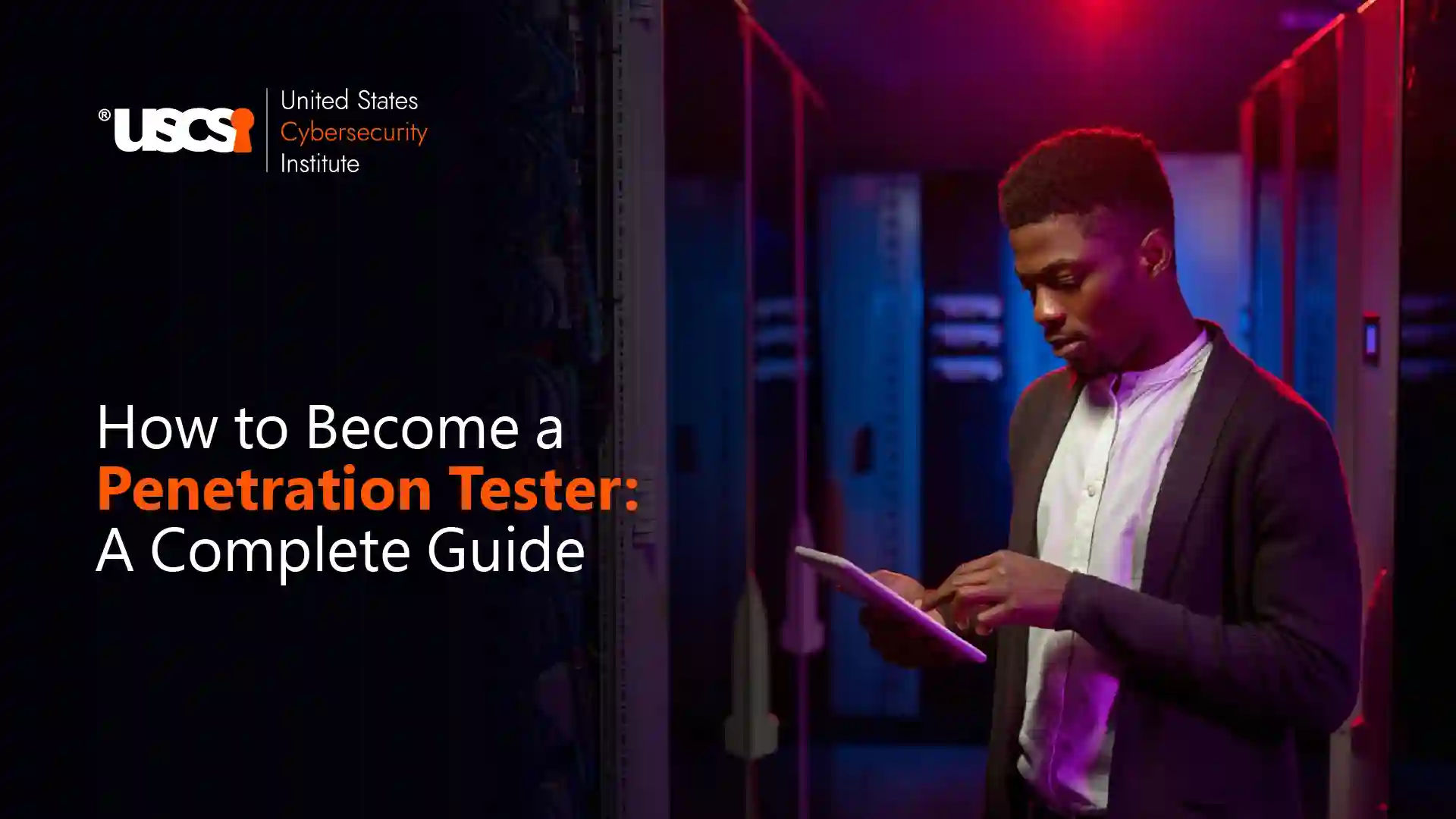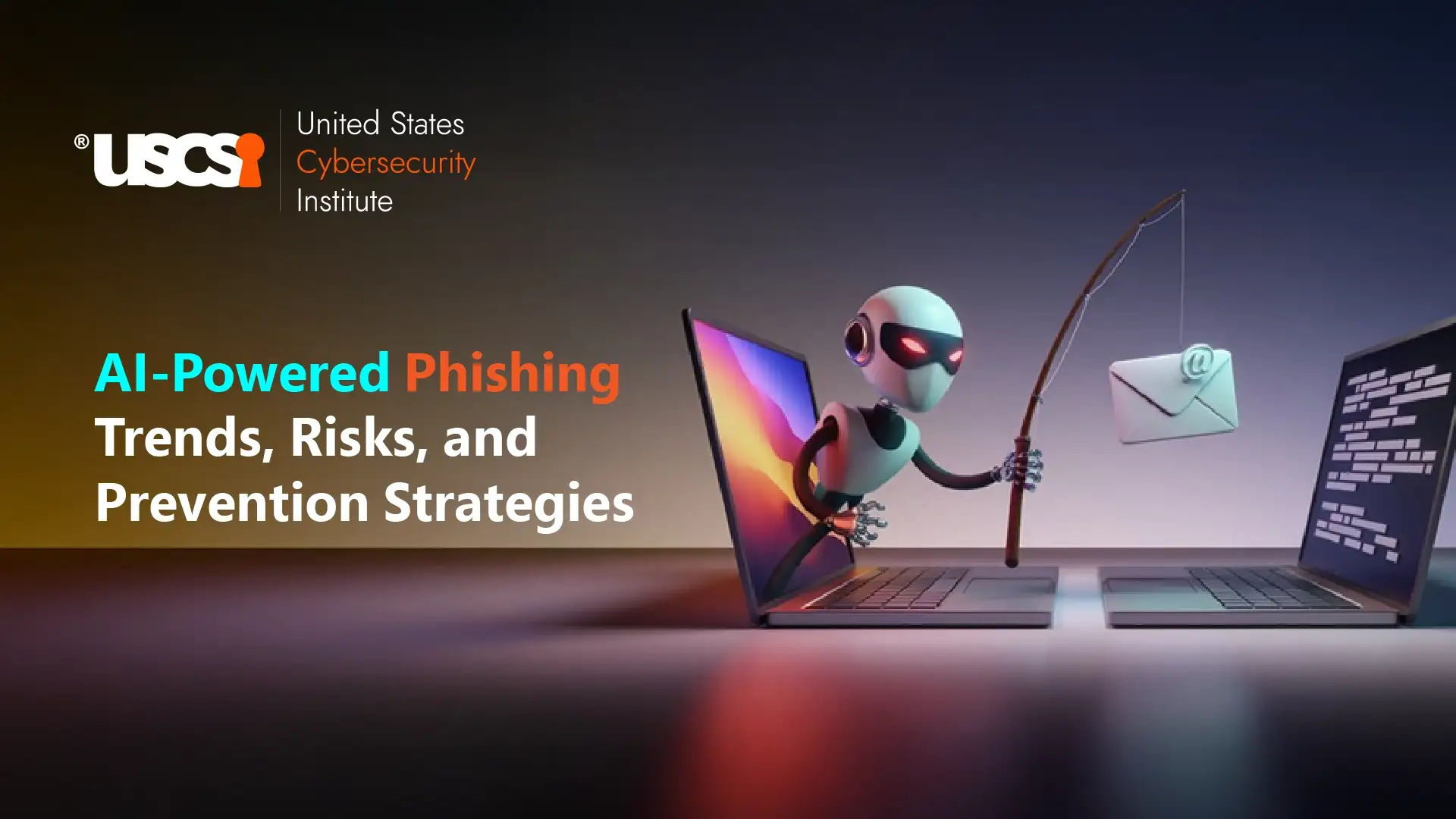

Roadmap to Becoming a Penetration Tester
Picture this: while you're sipping your morning coffee, somewhere in the world, a cybercriminal just launched their 2,219th attack of the day. Yes, that's one attack every 39 seconds in 2024 (Source; University of Maryland). Moreover, according to Statista, the global cybercrime damages is projected to hit $15.63 trillion by 2029. It's like having the entire GDP of a medium-sized country stolen every single year. Fun times, right?
Enter the penetration tester – the cybersecurity world's equivalent of a professional lockpicker, safe cracker, and a mind reader rolled into one. These ethical hacking virtuosos are the crown jewel of cybersecurity departments, the Neo of the Matrix if you will, except, instead of dodging bullets, they're dodging budget meetings while commanding six-figure salaries for essentially being paid to break things professionally. (paycheck envy box: checked!)
But here's the plot twist: not all is lost in this digital Wild West. While companies are desperately hunting for cybersecurity talent like it's the last slice of pizza at a developer conference, the skills gap has created an unprecedented opportunity. However, success in penetration testing isn't just about knowing how to pwn (if you thought it was a typo, it wasn’t. That's hackerspeak for "own," for the uninitiated) – it's about strategic career positioning, continuous learning, and collecting certifications like they're Pokémon cards. Stick with this guide, and we'll show you how to position yourself as the cybersecurity professional everyone wants to hire.
The Evolution of Penetration Testing: When Robots Learn to Hack
The penetration testing landscape has changed faster than your grandmother switching to Instagram (or maybe TikTok) since AI joined the party. Today's AI-powered penetration testing tools can discover vulnerabilities like a caffeinated intern on their first day – with unnatural speed and alarming enthusiasm. Machine learning algorithms now analyze network traffic patterns, predict attack vectors, and generate social engineering campaigns so sophisticated they'd make a Nigerian prince scammer weep. Really.
But here's where it gets interesting (and slightly terrifying): the bad guys got the same memo with AI. Cybercriminals now wield AI like a digital Swiss Army knife, crafting attacks that adapt in real-time and bypass traditional security measures with the finesse of a digital magician. It's like playing chess against an opponent who can see all possible moves simultaneously while you're still trying to remember how the horse moves.
Then comes quantum computing – the nuclear option of the digital age. Imagine if someone invented a key that could open every lock in the world overnight. That's quantum computing's potential impact on encryption. Current RSA encryption, which would take traditional computers longer than the universe has existed to crack, could be broken by quantum computers faster than you can say "404 error."
Modern penetration testers now face adversaries who use AI for reconnaissance, exploit automation, and payload generation. It's like bringing a knife to a gunfight, except the gun is also artificially intelligent and has access to quantum technology. Traditional manual testing approaches are about as effective as a chocolate teapot in this environment.
Today's Penetration Tester must understand not only conventional attack methodologies but also how AI and quantum technologies can be weaponized. This paradigm shift has transformed penetration testing from routine security check-ups to strategic intelligence operations that anticipate tomorrow's digital apocalypse. Welcome to cybersecurity's equivalent of playing 4D chess while blindfolded and riding a unicycle at the same time.
Essential Skills: The Modern Pentester's Swiss Army Knife
Being a modern penetration tester requires more skills than a polymath having an identity crisis. Programming proficiency in Python, PowerShell, and Bash isn't just recommended – it's like oxygen. You'll need these languages to develop custom exploits, automate repetitive tasks, and generally speak the same language as the systems you're trying to infiltrate.
Network protocols, operating systems, and cloud architectures are your bread and butter. Think of them as the grammar rules of hacking – boring to learn but absolutely essential if you don't want to sound like a script kiddie at a professional cybersecurity conference. Understanding how systems communicate is like being a digital translator in the metaphorical fortress without a moat – and that is modern IT infrastructure.
Social engineering skills have become the secret sauce of penetration testing. Humans remain the most reliable vulnerability in any system, bless their trust. You'll need to master psychological manipulation techniques, OSINT gathering (that's Open-Source Intelligence for those keeping score till now), and craft phishing campaigns so convincing that even your cybersecurity-aware friends might click on them. It's like being a detective, actor, and con artist simultaneously – but legally and for good reasons.
Besides, don't forget analytical and problem-solving skills – simply put, your ability to think like a digital Sherlock Holmes. You'll need to connect dots that others can't even see, like figuring out how to exploit a coffee machine to access the corporate network (yes, that's a real thing that happens, thanks to modern IoT vulnerabilities). Communication skills separate the wheat from the chaff in this field. You could discover the digital equivalent of Atlantis, but if you can't explain why it matters to someone who thinks "the cloud" is just weather, you're basically shouting into the void.
Tools Are Like Power Tools: Useless Without the Right Hands
Here's a reality check: owning a Ferrari doesn't make you Mr. Alonso (time to Google), and having access to Metasploit doesn't make you a penetration testing guru. Tools like Kali Linux are incredibly powerful, but they're essentially very expensive hammers in the hands of someone who doesn't know which end is which, and therein lies the difference.
The most sophisticated vulnerability scanner in the world can't replicate the "aha!" moment when an experienced pentester spots an attack vector that shouldn't exist but somehow does. Tools might generate a 200-page report full of CVE numbers and CVSS scores, but they can't tell you that the real problem is the intern who taped the WiFi password under their keyboard (Yes, this too, happens).
Continuous Learning: The Never-Ending Story
The threat landscape evolves faster than fashion trends in the early 2000s, with new vulnerabilities, attack techniques, and defensive technologies appearing more frequently than funny sitcoms.
Successful penetration testers treat learning like a lifestyle choice, not a one-time event. They're constantly pursuing new cybersecurity certifications, attending conferences (for the knowledge, not the swag), and participating in bug bounty programs. It's like being a student for life, except the homework involves legally breaking into things and getting paid for it. Thinking about it? Worry not, we have outlined the steps for you, dear reader.
The Roadmap: From Code Monkey to Cyber Ninja
-
Digital Bootcamp: Learn networking like your Wi-Fi depends on it (TCP/IP, subnetting, protocols), become one with Linux command line (because clicking on GUI is for quitters, that’s what Kevin Mitnick will probably tell you), master Python and Bash (your future digital superpowers), and get some basic certifications (essentially, your cybersecurity learner's permit)
-
Breaking Things Professionally: Practice, practice and then, practice some more. Learn about vulnerability scanners and how to use, and not lose, them in real-world scenarios, master web app testing, understand Metasploit and manual exploitation (like lockpicking, but digital)
-
Certification Collection: Pursue Cybersecurity certifications that really matter and keep you ahead of the herd, master social engineering and OSINT (people-hacking 101 for those not yet in the know – because they usually are the weakest link), learn cloud and container pen-testing (because everything's in the cloud now), develop report writing skills (turn technical chaos into executive summaries)
-
Career Domination (Ongoing): Get real experience through internships or junior roles, join bug bounty programs, network at conferences (mingle with the best in the biz), pursue advanced certs and stay current (because learning never ends). Period.
Your Ticket to the Cybersecurity Gravy Train
Ready for some career motivation that doesn't involve inspirational cat memes? Cybersecurity Ventures reports that we're looking at 3.5 million unfilled cybersecurity positions by the end of 2025. That's more job openings than there are people in Los Angeles, and penetration testers are sitting pretty at the top of the salary food chain, if you will.
The Bureau of Labor Statistics predicts information security analyst positions will grow by 32% through 2032 – that's faster than a zero-day exploit spreading through an unpatched network, by the way. ISC2 data shows certified cybersecurity professionals earn 25% more than their non-certified colleagues, with certified penetration testers often pocketing north of $120,000 annually. Not bad for a job where you get to break, and not make, things for a living.
The opportunities are everywhere – Fortune 500 companies, scrappy startups, government agencies, and consulting firms are all desperately seeking skilled Penetration Testing Professionals. You could work as an independent consultant (be your own boss), join an elite red team (be part of the cybersecurity Avengers), or lead security assessments for major corporations (be the go-to person for everyone when things go sideways).
Professional cybersecurity certifications aren't just fancy certificates to hang on your wall next to your participation trophies. They're your golden tickets to the cybersecurity chocolate factory. Recognized, globally renowned cybersecurity credentials don't just validate your skills – they open doors, start conversations, and occasionally result in recruiters sliding into your DMs with job offers (Yes, this happens too!).
Your Key Takeaway?
Here it is: Don't wait for the perfect moment – in cybersecurity, there's always another vulnerability to patch and another threat to worry about. Start your journey toward becoming a certified Penetration Testing Professional today. Enroll in a cybersecurity course, start breaking things (legally), and take the first step toward a career where your job description includes "professional troublemaker."
The question here isn't whether you should make the leap into penetration testing; it's whether you can afford not to jump on this gravy train before it leaves the station, and it soon just might.





